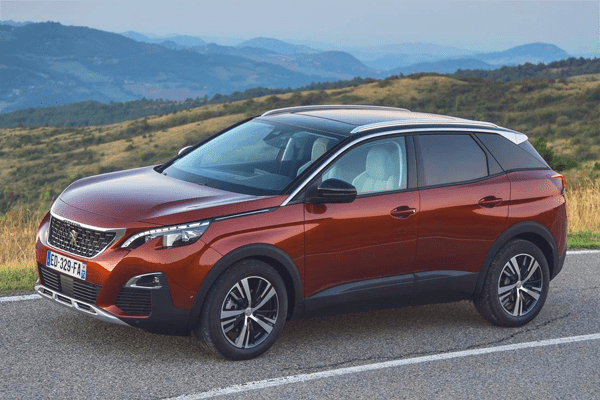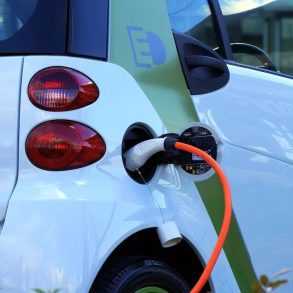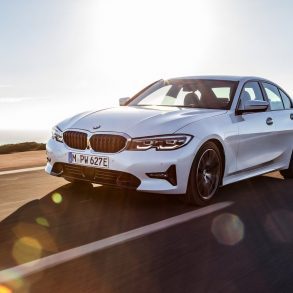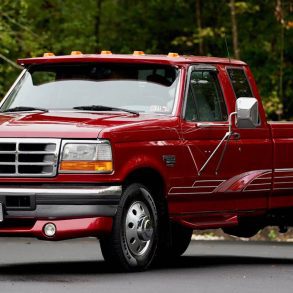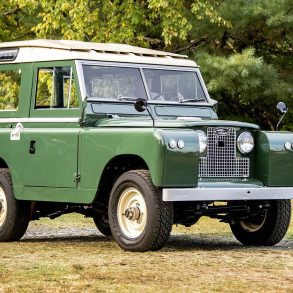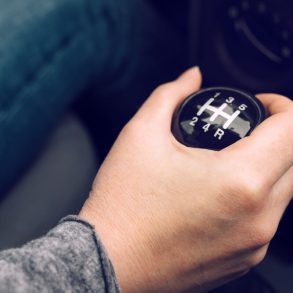Looking ahead, even one year, can be very tricky. Last year we correctly predicted that Mercedes-Benz had a shot at reclaiming its luxury crown, and it has overperformed. We also said the Jaguar F-Pace would be off to a great start, and that too has materialized nicely: having been launched in Q2 of 2016, Jaguar’s first crossover has outsold the Porsche Macan and BMW X4 in the second half of the year and has outsold the Lexus NX for full-year sales, grabbing a segment 7th place in H2, which is similar to the XE and not bad for a brand’s first entry into a segment that has very strong competition not only from new launches but also from surprisingly consistent old-timers.
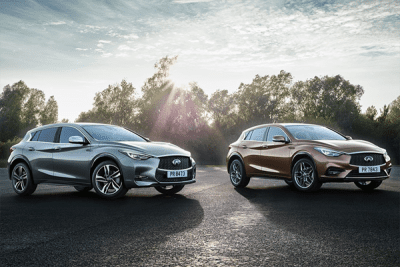 In terms of expected disappointments, we predicted Ford would lose its #2 position in the brand ranking, and that happened in November when Renault stormed past in the YTD ranking. We also said Dacia would lose volume in 2016, but that didn’t materialize as expected. The French-Romanian brand has shown remarkable resilience as four out of its five models improved volume in 2016, despite no big new product launches, just minor updates. An impressive performance! Lastly, we doubted Infiniti’s ambitious targets for the Q30 and QX30, and although the latter is still in start-up mode, it’s safe to say the Q30 hasn’t really taken off as its parent had hoped it would. Sure, around 9.000 sales (8.391 through November) is by far the best any Infiniti model has ever sold in Europe (the next best being the Q50’s 2015 figure of just over 3.000 units), but it’s not even close to the European target of 30.000 annual sales for the two models combined.
In terms of expected disappointments, we predicted Ford would lose its #2 position in the brand ranking, and that happened in November when Renault stormed past in the YTD ranking. We also said Dacia would lose volume in 2016, but that didn’t materialize as expected. The French-Romanian brand has shown remarkable resilience as four out of its five models improved volume in 2016, despite no big new product launches, just minor updates. An impressive performance! Lastly, we doubted Infiniti’s ambitious targets for the Q30 and QX30, and although the latter is still in start-up mode, it’s safe to say the Q30 hasn’t really taken off as its parent had hoped it would. Sure, around 9.000 sales (8.391 through November) is by far the best any Infiniti model has ever sold in Europe (the next best being the Q50’s 2015 figure of just over 3.000 units), but it’s not even close to the European target of 30.000 annual sales for the two models combined.
Now, what do we expect from 2017?
1. Peugeot 3008: success
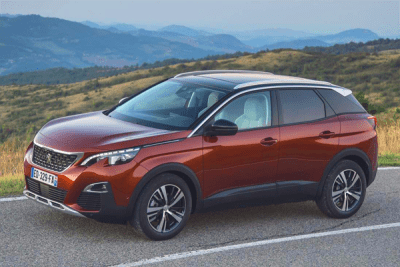 In my post on the success stories of 2016 I mentioned the VW Tiguan may challenge the Nissan Qashqai for leadership in the midsized SUV segment, but another challenger for the segment podium has stood up: the second generation Peugeot 3008, which has just been launched. As opposed to the first generation, which was a weirdly styled MPV, the new 3008 is a true crossover. More importantly, it looks arguably handsome both outside and inside, as the French brand has designed probably the best interior it has ever made. The model is priced right and the timing of its launch is great as the current 308 is entering its fourth year of sales, giving early adopting brand loyalists a nice opportunity to move up to their favorite brand’s hottest new thing. If its November sales are an indication of what’s to come, a top-3 position in the segment isn’t all that out-of-this world to expect. November was the 3008 nameplate’s second best month ever, after March 2012 and it already outsold the Kia Sportage and came close to the Renault Kadjar. A very impressive start indeed, and a model to watch in 2017.
In my post on the success stories of 2016 I mentioned the VW Tiguan may challenge the Nissan Qashqai for leadership in the midsized SUV segment, but another challenger for the segment podium has stood up: the second generation Peugeot 3008, which has just been launched. As opposed to the first generation, which was a weirdly styled MPV, the new 3008 is a true crossover. More importantly, it looks arguably handsome both outside and inside, as the French brand has designed probably the best interior it has ever made. The model is priced right and the timing of its launch is great as the current 308 is entering its fourth year of sales, giving early adopting brand loyalists a nice opportunity to move up to their favorite brand’s hottest new thing. If its November sales are an indication of what’s to come, a top-3 position in the segment isn’t all that out-of-this world to expect. November was the 3008 nameplate’s second best month ever, after March 2012 and it already outsold the Kia Sportage and came close to the Renault Kadjar. A very impressive start indeed, and a model to watch in 2017.
2. Suzuki: sucess
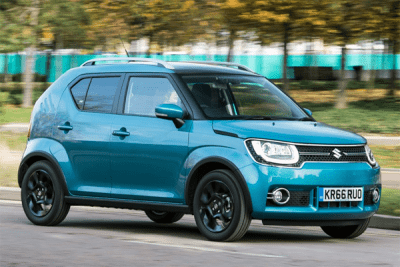 The small Japanese brand has launched a few promising new models in 2016 and ended last year on a high. Specializing in small cars and compact crossovers and unsuccessful in larger segments, Suzuki has doubled down on its strengths last year, now offering intrabrand alternatives in its most important segments. We already had the Vitara and the slightly larger but similartly priced S-Cross in the compact crossover segment. Now in the minicar segment, the spacious but utterly uninspiring Celerio has been given a funky sibling with the new Ignis to attract the younger crowd. And in the subcompact segment, the Baleno now also offers a roomy and practical alternative to the sporty Swift. The Swift has traditionally been the brand’s best seller until the Vitara took over in 2016, but a new generation Swift will arrive in 2017, and together with the still fresh Baleno and Ignis that should give Suzuki a nice boost to top 200.000 sales in Europe for the first time since 2009.
The small Japanese brand has launched a few promising new models in 2016 and ended last year on a high. Specializing in small cars and compact crossovers and unsuccessful in larger segments, Suzuki has doubled down on its strengths last year, now offering intrabrand alternatives in its most important segments. We already had the Vitara and the slightly larger but similartly priced S-Cross in the compact crossover segment. Now in the minicar segment, the spacious but utterly uninspiring Celerio has been given a funky sibling with the new Ignis to attract the younger crowd. And in the subcompact segment, the Baleno now also offers a roomy and practical alternative to the sporty Swift. The Swift has traditionally been the brand’s best seller until the Vitara took over in 2016, but a new generation Swift will arrive in 2017, and together with the still fresh Baleno and Ignis that should give Suzuki a nice boost to top 200.000 sales in Europe for the first time since 2009.
3. Mazda: disappointment
Some would argue that Mazda is a consistent disappointment in terms of sales volume, both in Europe and the US, simply because the small Japanese brand makes excellent cars of which too few people know how good they really are and which deserve many more buyers than they currently get. They also deserve my sympathy for not having followed the downsizing trend from which most manufacturers are already backtracking now.
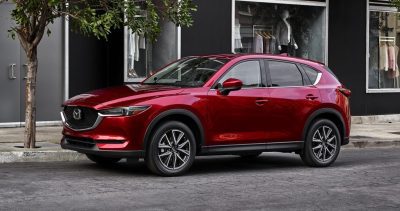 2016 was the fourth consecutive year of growth for Mazda in Europe, and the first time since 2008 that market share topped 1,5% (up from below 1% in 2011 and 2012), boosted by new product launches of the Mazda2 subcompact and the CX-3 small crossover. The latter has quickly become the brand’s second best model, not far behind the CX-5. In 2017, the only news is the revamped CX-5 compact crossover, but that nameplate has remained very consistent in the last 4 years and the new generation isn’t all that revolutionary in terms of styling, so I don’t expect that model to suddenly pick up a huge chunk of share. Meanwhile, the Mazda3 and Mazda6 won’t bring anything new, but also have been relatively stable in recent years, and the low-volume MX-5 is feeling cannibalization from the Fiat 124 Spider. With not much real news, I think Mazda will have to face shrinking sales and market share in 2017. And that would be a disappointment for the sympathetic brand.
2016 was the fourth consecutive year of growth for Mazda in Europe, and the first time since 2008 that market share topped 1,5% (up from below 1% in 2011 and 2012), boosted by new product launches of the Mazda2 subcompact and the CX-3 small crossover. The latter has quickly become the brand’s second best model, not far behind the CX-5. In 2017, the only news is the revamped CX-5 compact crossover, but that nameplate has remained very consistent in the last 4 years and the new generation isn’t all that revolutionary in terms of styling, so I don’t expect that model to suddenly pick up a huge chunk of share. Meanwhile, the Mazda3 and Mazda6 won’t bring anything new, but also have been relatively stable in recent years, and the low-volume MX-5 is feeling cannibalization from the Fiat 124 Spider. With not much real news, I think Mazda will have to face shrinking sales and market share in 2017. And that would be a disappointment for the sympathetic brand.
What are your predictions for 2017? Which brand or model do you expect to surprise or disappoint this year? Let me know in the comments below.
Also find our 2017 predictions for the Chinese car market.

